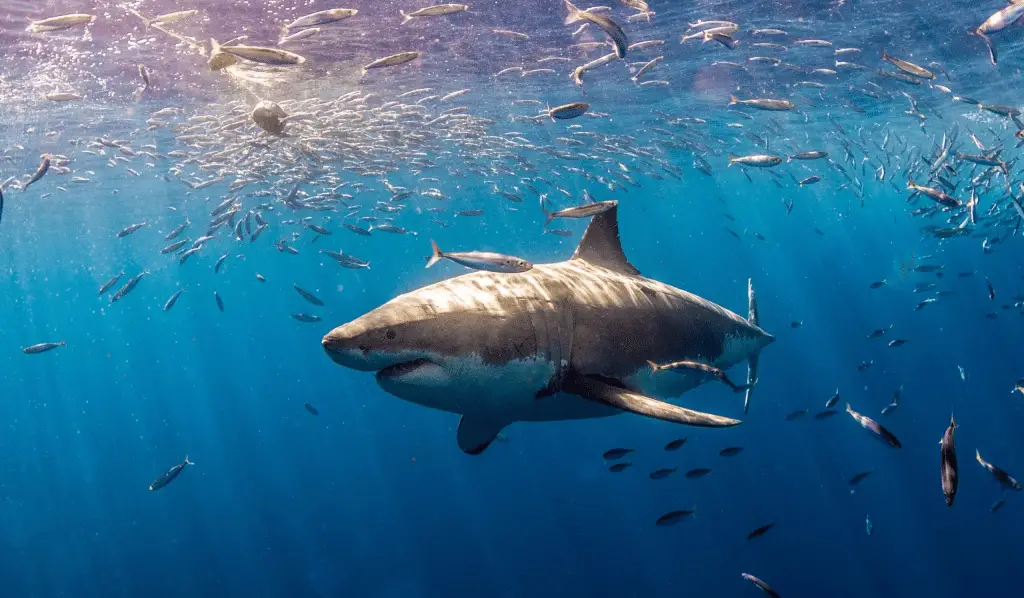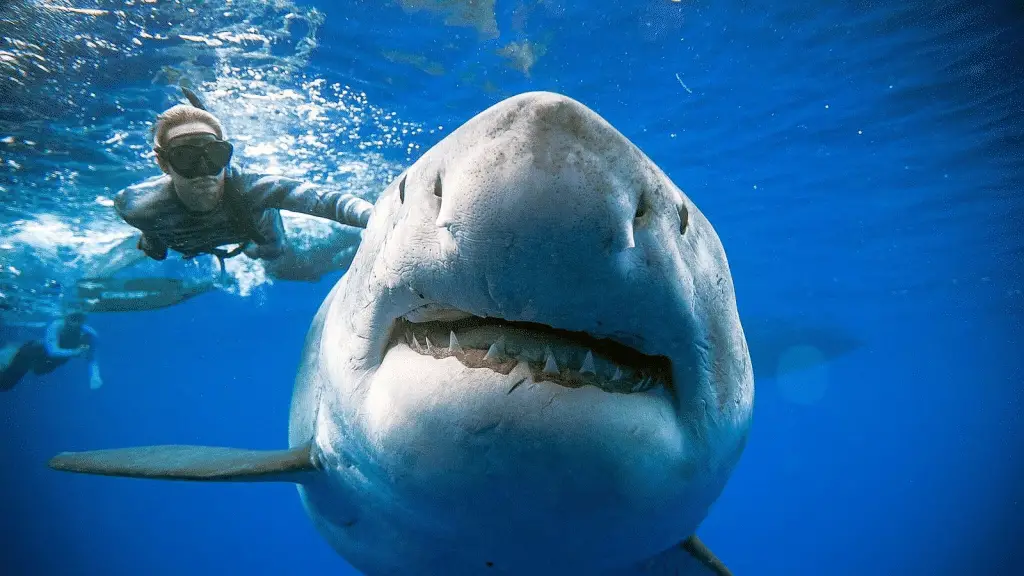Great white sharks, known scientifically as Carcharodon carchariasare one of the most iconic and feared marine creatures in the world, so much so that these fascinating predators have captured the imagination of scientists and nature enthusiasts for decades, thanks to their power, speed and mystery.
Recently, a surprising discovery revealed that great white sharks have divided into three distinct groups about 200,000 years agoduring the Penultimate Glacial Period, and this separation led to the formation of three genetically different populations who, despite not having any kind of physical barrier that somehow separates them, continue to remain separate.
This discovery has significant implications for the conservation of these magnificent predators, as the fragmentation of populations can reduce genetic diversity and increase the risk of extinctionespecially if one of the populations were to disappear.
Furthermore, understanding the dynamics of these populations can provide valuable information on how to better protect great white sharks and ensure their long-term survival.
In the course of this article, we will go to examine the features in detail of each of the three groups of white sharks, the reasons for their separation, and the challenges they face to their survival. We will also explore the implications of these findings for conservation and strategies that could be adopted to protect these vulnerable populations.
The three distinct groups of Great White Sharks

- North Pacific Group
The first group of great white sharks is found in the North Pacific, these sharks inhabit the cold and temperate waters that extend from the west coast of the United States to Japan.
This group is known for its long migrationswhich can cover thousands of kilometers, and this species of shark has been studied extensively using satellite tracking techniques, which have revealed their complex migratory patterns and feeding habits. - South Pacific and Indian Ocean Group
The second group is found in the South Pacific and Indian Ocean, these sharks are distributed along the coasts of Australiafrom the New Zealand and of the South Africamoreover, unlike their northern cousins, these sharks tend to stay closer to the coast and are less inclined to long migrations.
This behavior can be attributed to the availability of prey in coastal waters, which makes it less necessary for them to travel long distances. - North Atlantic and Mediterranean Group
The third and final group is located in the North Atlantic and the Mediterraneanthis species of sharks have been observed along the coasts of Europeof the North America and of the North Africaand it is the most interesting group as it includes a population that has adapted to the relatively warm waters of the Mediterranean.
Sharks in this group show a remarkable ability to adapt to different environmental conditions, which could be crucial for their survival in a rapidly changing world.
Implications of separation

The separation of these three groups of great white sharks has important implications for their conservation, also because as we said previously, the fragmentation of populations can lead to a reduction of genetic diversitywhich is essential for the resilience of a species.
A population with low genetic diversity is more vulnerable to disease, environmental changes and other threats, and the lack of interbreeding between groups means that the loss of a population cannot be easily compensated by the others.
This increases the risk of local extinction, which could have devastating effects on the marine ecosystem, with great white sharks being top predators in the food chain and play a crucial role in maintaining the ecological balanceTheir disappearance could lead to an increase in prey populations, with cascading consequences throughout the ecosystem.
If you are attracted by science or technology, keep following us, so you don’t miss the latest news and updates from around the world!
#Great #White #Sharks #Survival #Threatened
